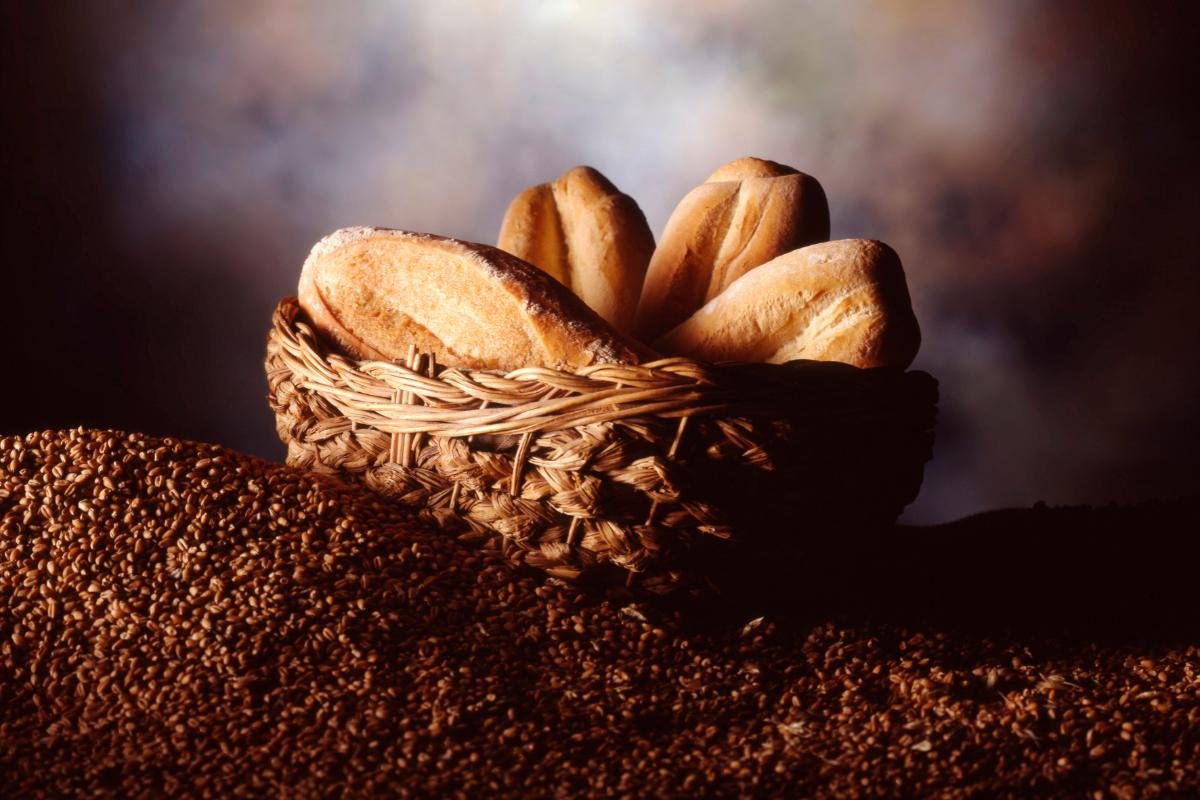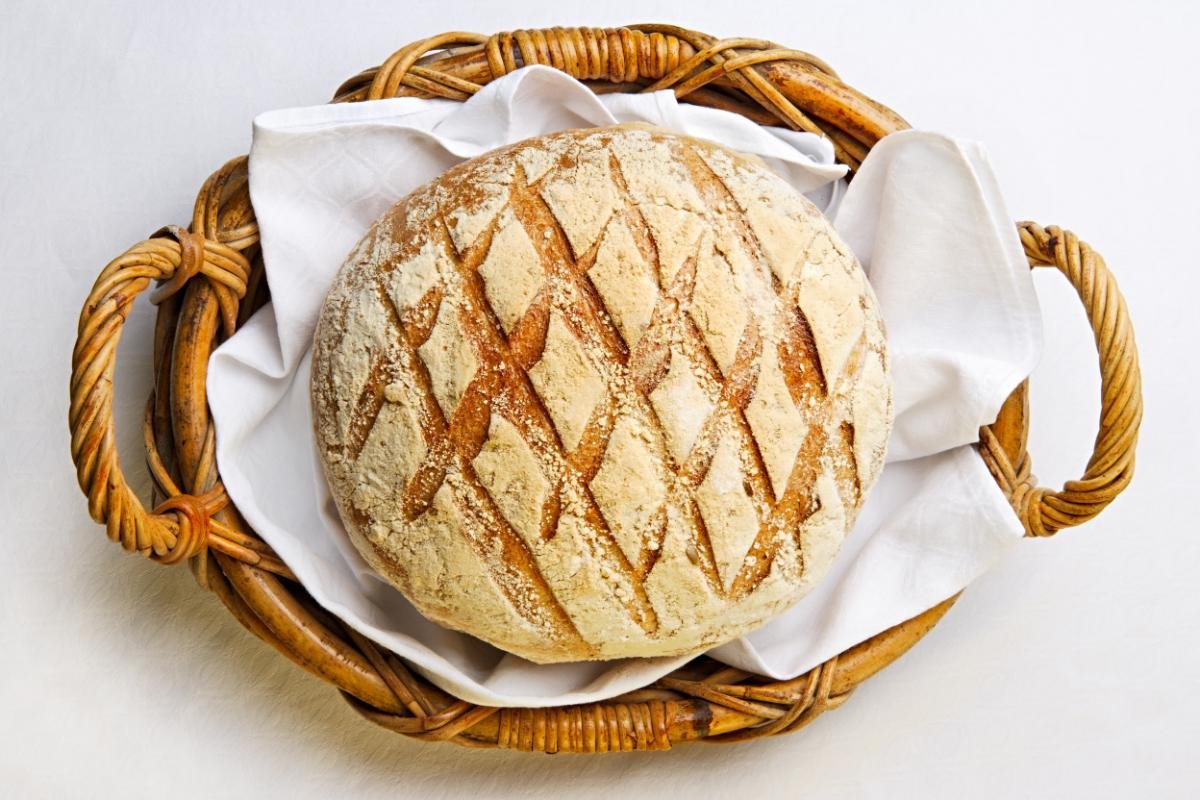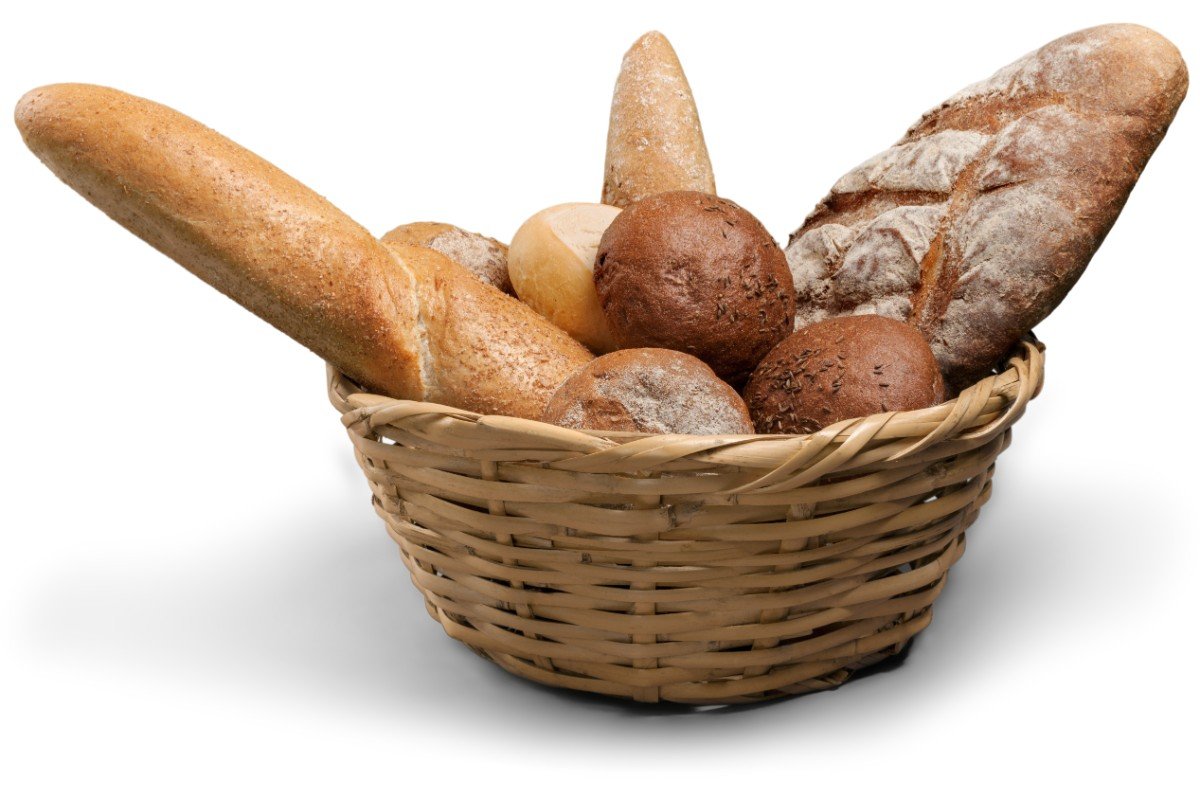Introduction to Bread Baskets
Bread baskets, an emblem of hospitality and warmth, have graced dining tables for centuries. These baskets, ranging from the elaborately woven to the elegantly simple, do more than just serve bread; they enhance the dining experience, encouraging sharing and connection among diners. The very act of passing a bread basket around the table fosters a sense of community and belonging, making bread, a staple food in many cultures, a centerpiece of the meal.
The versatility of bread baskets is evident in their designs and materials, reflecting the diversity of culinary traditions around the world. Whether it’s a sturdy wicker basket filled with freshly baked rolls or a sleek metal basket presenting artisanal bread, each type adds a unique charm to the table setting. Beyond their practical use, bread baskets are a testament to the artistry and creativity of their makers, often becoming collectible items that celebrate the cultural heritage and craftsmanship of different regions.
As we delve deeper into the world of bread baskets, we’ll explore their historical roots, the variety available today, and their significance in various cultures. Join us on this journey through the evolution of the bread basket, from its humble beginnings to its status as an indispensable part of dining culture worldwide.
History of Bread Baskets

The story of bread baskets weaves through the fabric of time, showcasing their evolution from basic necessities to decorative table centerpieces. This journey reveals how different civilizations have crafted, utilized, and esteemed these items.
Ancient Beginnings
Bread baskets trace their origins to ancient civilizations where the art of bread making and the development of containers to hold it evolved simultaneously. In Egypt, artisans crafted reed baskets to serve and display bread in communal eating settings. These baskets were not merely functional; they were also symbols of abundance and community. Similarly, in Rome and Greece, bread played a central role in both daily meals and ceremonial offerings, necessitating the use of baskets for its presentation and distribution.
Middle Ages to Renaissance
During the Middle Ages, the bread basket became a staple of European dining, reflecting the societal importance of bread. As the centerpiece of the meal, bread was often presented in elaborate baskets that denoted the host’s wealth and status. By the Renaissance, craftsmanship in basket making had reached new heights, with intricate designs that were as much about artistry as utility.
Industrial Revolution and Beyond
The Industrial Revolution introduced new materials and manufacturing techniques, transforming the production of bread baskets. Metal and wire baskets became popular, offering durability and a new aesthetic. The 20th century saw a resurgence in traditional materials like wicker and wood, alongside innovative designs in plastic and fabric, reflecting contemporary tastes and environmental awareness.
Types of Bread Baskets
Bread baskets vary widely in design, material, and purpose, catering to diverse tastes and dining occasions. Understanding the types available helps in selecting the perfect basket for any setting.
Material-based Classification
- Wicker and Rattan: Known for their classic appeal, these baskets are durable and versatile, suitable for both casual and formal settings.
- Fabric: Fabric baskets offer a soft, cozy look and are often used in casual dining. They’re easy to clean and can be made in various colors and patterns.
- Metal: Offering a sleek and modern aesthetic, metal bread baskets are durable and can complement contemporary table settings.
- Wood: Wooden baskets add a rustic charm to the table, ideal for artisanal breads and a warm, natural setting.
Design and Aesthetic Variations
- Open vs. Covered: Open baskets are perfect for displaying bread’s texture and variety, while covered baskets keep bread warm and fresh.
- Decorative Elements: Some baskets feature decorative elements like ribbons, linings, or carvings, adding a personalized touch to the dining experience.
- Shape and Size: From round to rectangular, the shape and size of the basket can influence its capacity and how it fits into the table setting.
Understanding the rich history and diverse types of bread baskets enhances appreciation for these items beyond their practical use. Whether ancient or modern, simple or elaborate, bread baskets carry the essence of hospitality and shared meals, making them an enduring element of dining culture around the world.
Choosing the Right Bread Basket
Selecting the perfect bread basket is crucial, not only for practical purposes but also to elevate the dining experience. The right basket complements the meal’s theme and showcases personal style.
Consider the Occasion
Firstly, for formal dinners, elegant materials like metal or dark wood with minimalist designs are preferable. These choices complement fine dining settings beautifully. Conversely, casual gatherings call for wicker, fabric, or light wood baskets, which create a relaxed and inviting atmosphere.
Match the Bread Type
Moreover, it’s important to match the basket with the type of bread being served. Artisan breads, for instance, are best presented in rustic wood or woven baskets, highlighting their handcrafted nature. On the other hand, small, soft fabric baskets add a cozy touch to dinner rolls, making them appear even more inviting.
Style and Decor
Furthermore, ensure the basket’s material and design align with your tableware and linens for a cohesive look. Your personal taste should guide this decision, reflecting your style through the basket’s color, material, and design, whether it’s modern, traditional, or eclectic.
Cultural Significance of Bread Baskets
 Bread baskets carry deep cultural significance, symbolizing more than just a means to serve bread elegantly.
Bread baskets carry deep cultural significance, symbolizing more than just a means to serve bread elegantly.
Symbol of Abundance
To begin with, in many cultures, a full bread basket represents shared prosperity and the hope for a future filled with abundance. Offering bread from a basket is also a universal gesture of hospitality, welcoming guests to the table and fostering a sense of community.
Traditions and Ceremonies
Additionally, specific bread baskets play pivotal roles in ceremonies, such as religious rituals or traditional weddings, symbolizing unity and blessings. Seasonal celebrations also feature special baskets filled with breads that mark occasions like Easter or Christmas, further underscoring their cultural importance.
Global Perspectives
Lastly, bread baskets reflect the diversity of cultural practices around the world. In Middle Eastern cultures, for example, baskets often feature elaborate designs, mirroring the staple role of bread. European influences, however, showcase a variety of baskets designed to enhance the dining experience, accommodating the continent’s diverse bread types.
To delve deeper into the cultural significance and variety of bread baskets, interested readers can explore further through this comprehensive resource: World of Breads and Baskets. This link provides insights into the global traditions of bread making and presentation, enriching our understanding of this universal culinary staple.
DIY Bread Basket Crafting
Embarking on the journey of creating your own bread basket can be an immensely rewarding endeavor, offering a chance to infuse your dining experiences with a touch of personal flair or to craft a thoughtful, handmade gift.
Choosing Materials
Initially, you’ll need to decide on the materials. Opting for natural fibers like wicker, rattan, or bamboo gives a nod to traditional, rustic aesthetics. Alternatively, selecting durable, washable fabrics such as linen or cotton can pave the way for crafting a soft, versatile basket that exudes a classic charm.
Step-by-Step Guide
- Design Planning: Initially, sketch out your desired shape and dimensions for the basket. You’ll need to decide whether it will feature handles, a lid, or any decorative elements, laying the groundwork for your project.
- Preparing Materials: For natural fibers, soaking them to make them pliable is a crucial step. Conversely, for fabric baskets, cutting your material to size, including any liner or decorative elements, is essential.
- Weaving or Sewing: Begin the creation process by weaving your basket from the base upwards if using natural fibers. For fabric baskets, sewing the sides together and adding a liner if desired marks the next step.
- Finishing Touches: Finally, secure the ends and trim any excess material. Adding decorations such as bows or embroidered designs can personalize the basket further.
Personalization Tips
Moreover, choosing a color scheme that complements your dining room decor or table setting can significantly enhance the aesthetic appeal of your basket. Embellishing it with lace, beads, or embroidery offers a unique, personalized touch that makes the basket truly yours.
Maintenance and Care for Bread Baskets
Ensuring your bread basket remains in prime condition is crucial for it to continue being a beautiful and functional part of your dining experience for years to come.
Cleaning and Storage
- Wicker and Wood: Regular dusting and wiping with a damp cloth are fundamental. Additionally, it’s important to avoid prolonged exposure to moisture to prevent damage.
- Fabric: For fabric baskets, machine washing or hand washing according to the fabric type is recommended. Furthermore, ironing, if necessary, helps maintain the basket’s shape.
- Metal: Cleaning with a soft, damp cloth and drying immediately is essential to prevent rusting, preserving the basket’s appearance and longevity.
Extending Lifespan
Moreover, avoiding overloading the basket can prevent deformation, while proper storage in a dry, ventilated space helps avoid mold and mildew, ensuring the basket’s durability.
Conclusion
In conclusion, bread baskets occupy a special place in the realm of dining traditions worldwide. From their storied history and cultural significance to the plethora of materials and designs available, these vessels serve as symbols of hospitality, craftsmanship, and the collective joy of shared meals. Whether crafting your own bread basket or selecting the perfect one for your table, the process allows for a meaningful expression of style and a celebration of communal dining experiences. By caring for these baskets, we not only preserve their functionality and beauty but also pay homage to the rich traditions they embody. As we continue to pass the bread basket from hand to hand, let us cherish the warmth and connection it brings into our lives, embracing the enduring legacy of this humble yet profound object.

